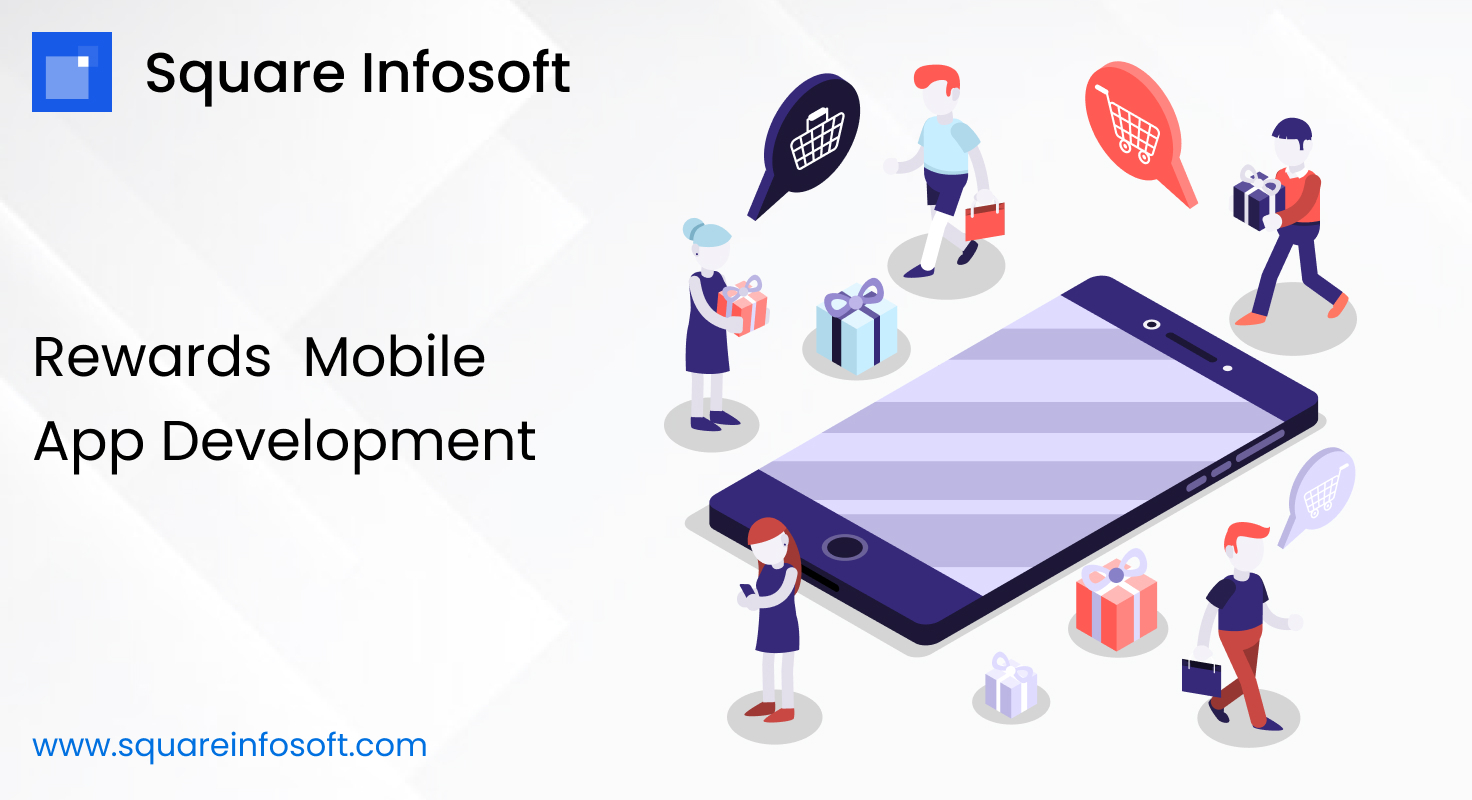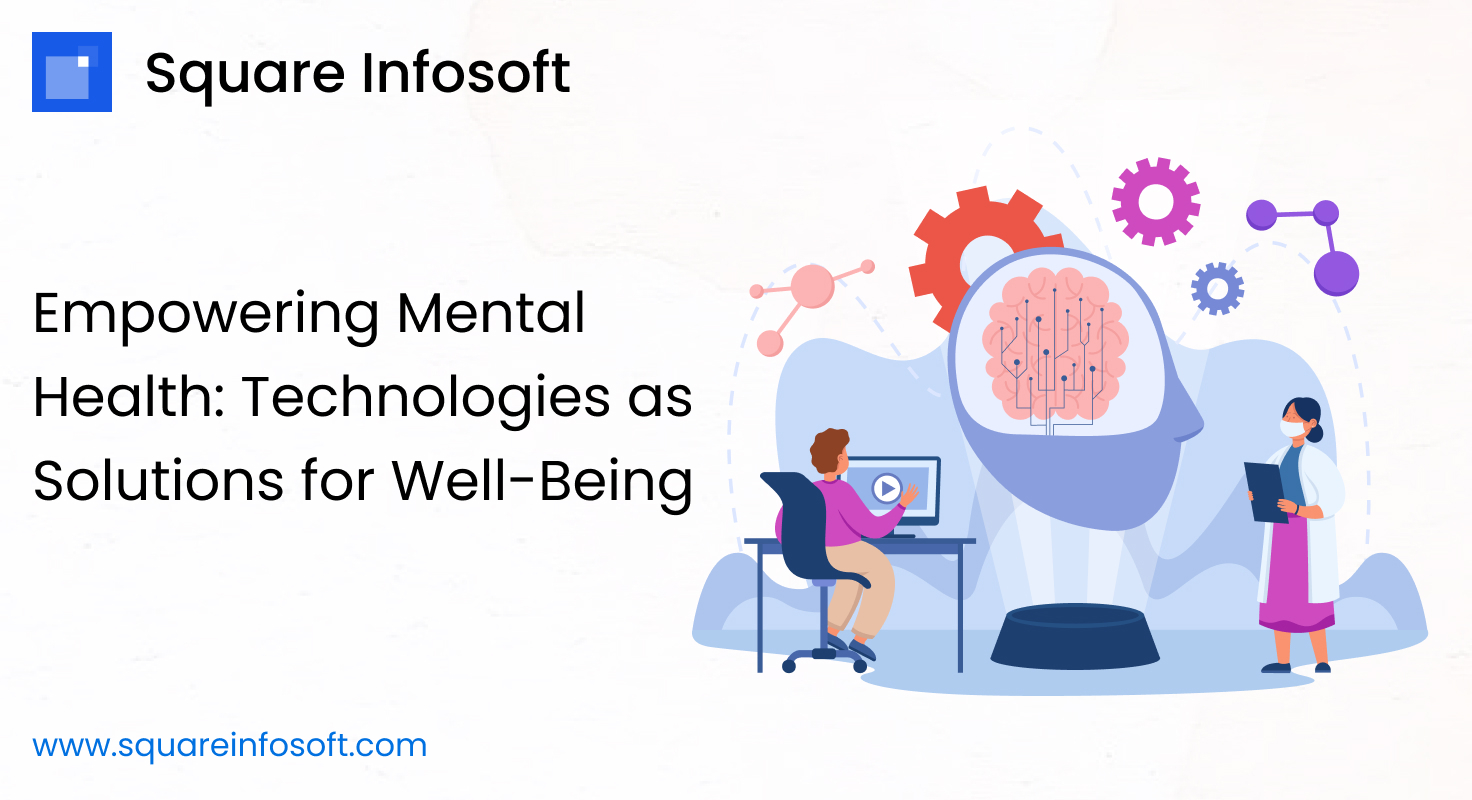Developing a rewards app involves creating a platform that incentivizes users to engage with a product, service, or platform through a loyalty program. Here’s a step-by-step guide to help you develop a rewards app:
1. Define Requirements:
a. Core Functionalities:
- User Registration and Authentication:
- Secure account creation.
- Two-factor authentication for added security.
- Rewards Catalog:
- Display available rewards and their point values.
- Categorize rewards for easy navigation.
- Earn Points:
- Define ways for users to earn points (e.g., purchases, referrals, social sharing).
- Redeem Points:
- Enable users to redeem points for rewards.
- Track and manage redeemed rewards.
- Notifications:
- Real-time notifications for earned points and available rewards.
- User Account Management:
- Allow users to view their point balance and transaction history.
- Gamification Elements:
- Incorporate gamification features to make the app engaging.
b. Additional Features:
- Referral Program:
- Incentivize users to refer friends and earn additional points.
- Location-based Rewards:
- Offer special rewards based on user location or check-ins.
- Push Notifications:
- Notify users of new rewards, promotions, and events.
- Integration with Social Media:
- Allow users to share achievements and rewards on social platforms.
- Personalized Offers:
- Provide personalized offers based on user behavior and preferences.
2. Choose Development Platform:
a. Select a Platform:
3. Set Up Development Environment:
a. Install Development Tools:
- Xcode (for iOS).
- Android Studio (for Android).
- IDEs for cross-platform development if applicable.
b. Set Up Accounts:
- Developer accounts on Apple App Store and Google Play Store.
4. Design User Interface (UI):
a. Create Wireframes:
- Plan the app’s layout, focusing on ease of navigation and engagement.
b. Design UI/UX:
- Use design tools (Sketch, Figma) for an attractive and user-friendly interface.
5. Implement User Authentication:
- Integrate a secure authentication system (e.g., OAuth, Firebase Authentication).
6. Rewards Catalog:
- Develop a catalog showcasing available rewards.
7. Earn Points:
- Implement mechanisms for users to earn points through various activities.
8. Redeem Points:
- Enable users to redeem points for rewards.
9. Notifications:
- Implement real-time notifications for earned points and available rewards.
10. User Account Management:
- Allow users to view their point balance and transaction history.
11. Gamification Elements:
- Incorporate elements like badges, levels, or challenges to make the app engaging.
12. Referral Program:
- Incentivize users to refer friends and earn additional points.
13. Location-based Rewards:
- Offer special rewards based on user location or check-ins.
14. Push Notifications:
- Notify users of new rewards, promotions, and events.
15. Integration with Social Media:
- Allow users to share achievements and rewards on social platforms.
16. Personalized Offers:
- Provide personalized offers based on user behavior and preferences.
17. Test the App:
- Conduct rigorous testing, including usability and performance testing.
18. Security:
- Regularly update security measures to protect user data.
19. Publish the App:
- Submit the app to the App Store and Google Play Store.
20. Update and Maintain:
- Regularly update the app with bug fixes and new features.
21. Compliance:
- Ensure compliance with data protection regulations and other relevant laws.
Remember to adapt these steps based on your specific requirements and industry standards. Regularly update the app to enhance security, user engagement, and address user feedback for a successful rewards app.




